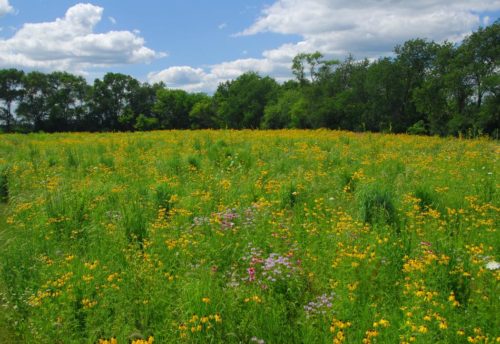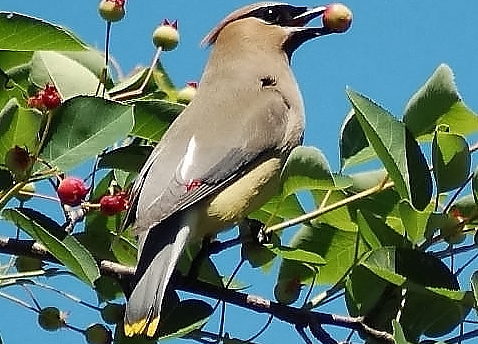In recent years, several authors have written books that provide readers with compelling information on the importance of gardening with native plants and how we should use them to help save nature. Certainly, Doug Tallamy’s best-selling Bringing Nature Home has changed the way many people think about their gardens. This book has been hailed as The Silent Spring of the 21st Century in terms of its importance and the impact it has had. Tallamy has just released another book which provides further information on gardening with native plants – Nature’s Best Hope asks homeowners to participate in ” . . . one of the great conservation projects of our time.” (quote from the dustcover of the book)
While Tallamy has focused largely on birds, and their reliance on caterpillars to feed their nestlings, The Pollinator Victory Garden by Kim Eierman is a recent title that emphasizes gardening for pollinators. There has been world-wide alarm at the loss of insect populations. Planting native victory gardens designed to attract and support pollinators is a way we can all help to bring these populations back to healthy numbers. The book gives us information on different pollinators, threats to them, and what they need for nesting and feeding. Rich with excellent photographs and details, this new book provides guidance to the placement, species, and elements to consider, such as sequence and overlapping of bloom time. Lists include favored colors, structures and aromas for a number of pollinators, and indicate presence of pollen and/or nectar. A handy checklist is provided to assist in the planning process.

Hummingbird moth
Most species listed are readily available from native plant sources, like the WPPC’s Native Plant Sale, and many species that support pollinators also are host species for caterpillars of butterflies and moths that birds depend on to feed their young.
Please look for this title and others at the book sale table at the plant sale on May 3.



